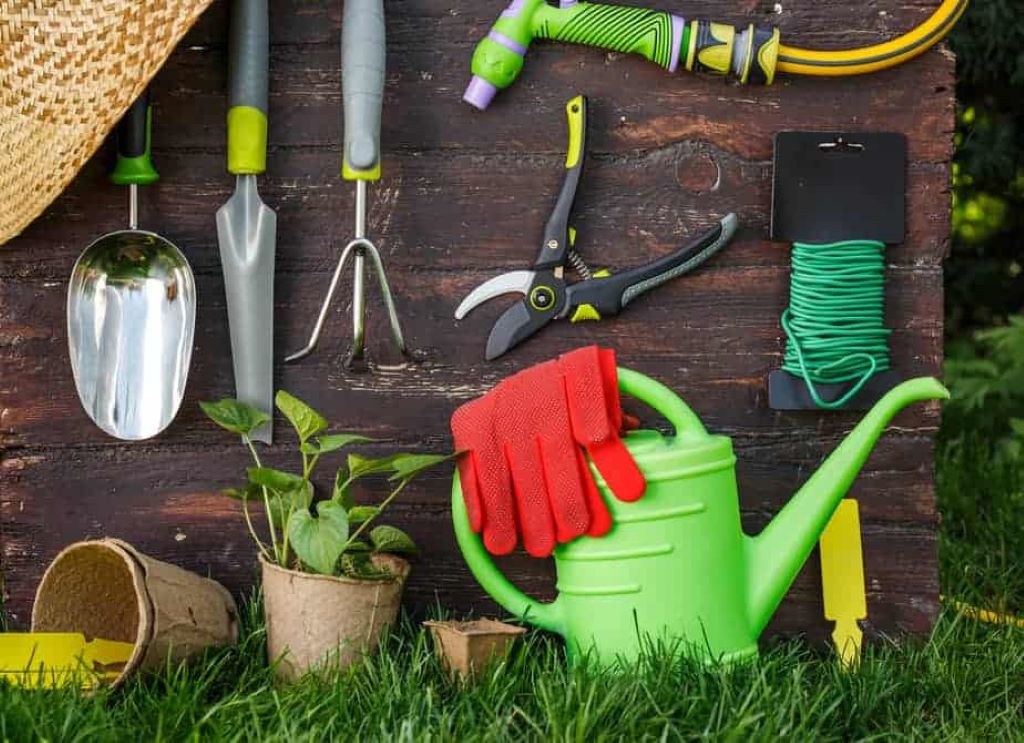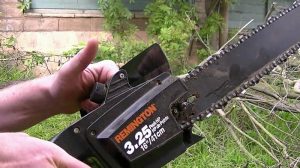
Arthritis can make gardening difficult and painful. The inflammation and stiffness in your hands and wrists caused by arthritis makes it hard to grip and use traditional gardening tools. However, that doesn’t mean you have to give up gardening if you have arthritis. Many adaptive garden tools make gardening easier on arthritic hands. With the right garden tools for arthritic hands, you can continue gardening even with limited hand strength and mobility.
Understanding Arthritis in the Hands

Arthritis is a common condition affecting the joints. Osteoarthritis and rheumatoid arthritis are the two most common types that impact the hands and wrists. Osteoarthritis involves wear and tear damage to the cartilage in joints, while rheumatoid arthritis causes joint inflammation.
In the hands, arthritis leads to:
- Pain, aching, and stiffness in the joints
- Swelling around the joints
- Decreased range of motion and flexibility
- Loss of grip strength
- Difficulty making a fist
- Numbness and tingling in the fingers
These arthritis symptoms make it challenging to grip and manipulate gardening tools. Activities like digging, pruning, and raking put stress on the inflamed, painful joints. This often worsens arthritis pain and makes gardening feel impossible.
Fortunately, the right adaptive tools can help take pressure off the hands. This makes gardening more comfortable, while protecting your joints.
Choosing Adaptive Tools for Gripping
One of the biggest challenges arthritis causes is decreased grip strength. It becomes difficult to grasp and hold onto traditional gardening tool handles. Adaptive tools provide larger, thicker handles that are easier to grip. Look for handles sized for arthritic hands that have these features:
- Larger diameter – A thicker handle is easier to grasp than a narrow handle. Look for handles with a diameter over 1 inch.
- Softer material – Rubber, plastic, or foam handles have some give, unlike hard wooden or metal handles. This cushions the hands and improves grip.
- Textured surface – Look for rough, grooved, or ridged handles. The texture gives extra gripping power.
- Vertical grips – Vertical handles keep the wrist in a neutral position, reducing strain. Choose trowels, pruners, and other tools with vertical vs. horizontal grips.
- Padded grips – Cushioned foam or gel padding helps minimize pressure points. This enhances comfort and control while gripping.
- Built-up handles – Some adaptive tools have extra material built up on the handles to make them thicker. The increased diameter provides more surface area for gripping.
Testing different handle styles can help determine what feels most comfortable for your individual needs. Thicker, softer, textured handles provide the best grip for arthritic hands.
Adaptive Tools for Digging and Planting
Digging and turning over soil often proves difficult and painful with arthritis. The vibration and resistance involved can aggravate stiff, aching joints. Adaptive tools help take the strain off hands for all your digging and planting tasks:
Long-Handled Tools
Long handles provide leverage to reduce the amount of gripping and wrist turning needed. Look for trowels, cultivators, hoes, and other digging tools with handles at least 12 inches long. The extra length increases your reach, minimizing the need to bend and stoop.
Built-Up Handles
As mentioned previously, built-up handles increase the diameter, giving you more surface area to grip. Choose long-handled digging tools with built-up handles to make them easier to grasp and control.
Non-Slip Grips
Long-handled tools become challenging to manage if they twist and rotate in your hands while digging. Non-slip grips on the handles provide friction to keep them from sliding as you push the blade into the ground. Look for rubberized or textured grips.
Standing Tools
Tall stools and stand-up tools allow you to dig while keeping your hands elevated. This improves leverage and minimizes the need to bend over. Options like the Stand-Up Weeder have handles several feet tall to use while standing upright.
Powered Tools
Electric or battery-powered tools reduce the manual effort needed for digging. Options like mini-tillers and powered augers loosen and churn the soil with less gripping, wrist motion and vibration. However, make sure powered tool handles are also designed for easy gripping.
The key is choosing long-handled digging tools with comfortable, secure grips to accommodate limited hand strength. Powered options also help take strain off the hands, wrists, and fingers.
Garden Hand Tools for Weeding and Pruning

Pruning, snipping, and weeding tasks require extensive gripping and pinching motions. These gardening essentials all benefit from adaptive design features:
Pruning Shears
- Ratcheting action – Ratcheting blade mechanisms multiply leverage, requiring less squeezing force to cut.
- Curved handles – Curved handles keep wrists neutrally aligned when cutting.
- Padded grips – Cushioned foam or rubber grips minimize pressure points.
- Finger loops – Some pruning shears have finger loops for extra support.
- Extended handles – Long handles provide better leverage and keep hands away from thorns.
Weeders
- Upright design – Weeders with vertical orientations allow digging while keeping wrists straight.
- Steps – Stepping on the blade gives added force to pierce the soil for weeding.
- Ejector levers – Weeders with ejectors push out roots with a thumb lever, avoiding pinching.
- Oversized grips – Large, textured grip areas provide control when twisting and pulling weeds.
Garden Snips
- Compact size – Shorter, smaller snips are easier to handle than full-sized shears.
- Curved blades – A curved cutting edge and handle keep the wrist aligned properly when snipping.
- Cushioned grip – Thick, cushioned padding reduces hand fatigue from repetitive snipping motions.
Prioritize ratcheting mechanisms, padded grips, larger loops, and curved designs when selecting pruning and weeding tools. This minimizes squeezing and twisting motions that aggravate arthritic hands.
Adapted Watering Tools
Watering the garden requires repetitive gripping motions that can be tiring and painful with hand arthritis. Seek out tools with the following features:
Lightweight Watering Can
Pick a smaller, lightweight can without heavy lifting or tilting required. Handles should be wide, rubberized, and cushioned. Look for a spout designed to control water flow without extra squeezing or pinching.
Pistol Nozzle Watering Wand
Pistol-grip designs allow precise direction of water flow with a simple squeeze of the hand. Large, cushioned grips and an angled neck help keep wrists neutral.
Tap Turning Aids
Installing a tap turning aid allows you to turn water spigots on and off without tightly grasping round handles. Options like the Tap Twister fit over existing handles and have levers to provide leverage.
Soaker Hoses
Soaker hoses release water along the entire length, eliminating the need to stand and water by hand. Just turn the spigot on and off to automatically water garden beds.
Conserve hand strength by using lightweight cans and wand nozzles with comfortable grips. Soaker hoses also take over watering chores without hand involvement.
Maximizing Comfort for Garden Tasks
Beyond using adapted tools, also modify your approach to garden tasks to make them easier on arthritic joints. Here are some tips:
- Work in shorter intervals with frequent breaks to rest hands.
- Schedule gardening during parts of the day when joint stiffness is minimal.
- Avoid gripping and repetitive tasks during arthritis flares when hands are most painful.
- Use wrist braces and compression gloves to offer extra support when gardening.
- Alternate between different tasks to give hands a variety of motions.
- Apply chilled packs on sore, inflamed joints after gardening sessions.
- Use raised planters and beds to garden at waist height, reducing bending.
- Kneel on a padded stool to get closer to ground level while keeping back upright.
- Learn techniques like Japanese hand pruning which require minimal grip strength.
- Do gentle range of motion exercises for the fingers, wrists, and hands before and after gardening.
The right approach allows you to garden comfortably even when joints are sensitive and painful. Don’t be afraid to take it slow and modify activities as needed.
Recommended Adaptive Garden Tools for Arthritis

If you’re overwhelmed choosing adaptive tools, here are some excellent options to try first:
Fiskars Ergo Trowel
This sturdy steel trowel has an angled handle to keep wrists neutral. The soft grip reduces hand fatigue from prolonged digging.
Radius Garden Ergonomic Hand Edger
The patented curved handle minimizes wrist bending when edging beds. Grips absorb shock and vibration.
Flexrake CLA329 Classic Lightweight Aluminum Hand Saw
Rubberized grips keep hands stable when pruning branches. The razor-tooth blade cuts smoothly with minimal effort.
Good Grips Trigger Sprayer Water Wand
Easy trigger control and padded grip makes watering less tiring. Angled neck prevents bending.
Stand-Up Garden Tools
This kit provides long vertical handles for digging, raking, and other tasks while standing upright.
These are just a few top-rated options to consider. Experiment to find the specific adaptive tools offering the most comfortable fit and grip for your unique needs.
Don’t Let Arthritis Keep You Out of the Garden
While arthritis can make gardening more difficult, the activity doesn’t have to be completely off limits. The right adaptive tools paired with a smart approach help reduce joint strains, pain, and fatigue. Invest in equipment designed for arthritic hands so you can continue enjoying the benefits of gardening. With appropriate modifications, you can still dig in the dirt and nurture your green thumb despite ongoing hand arthritis.
Frequently Asked Questions
Q: What kind of grip should I look for in garden tool handles?
A: Prioritize thicker, textured handles of at least 1 inch diameter made from cushioned rubber, foam, or plastic rather than hard wood or metal. This enhances comfort and gripping power if you have weakened hand strength due to arthritis.
Q: Are lighter or heavier tools better for arthritis?
A: Lightweight tools reduce fatigue and joint pain since they require less effort to manipulate. However, very lightweight tools may feel flimsy or unstable. Find a comfortable balance between excessively heavy and very light when selecting tool weight.
Q: How can I make traditional garden tools easier to use?
A: Add soft gel padding, foam tubing, or bicycle handlebar tape to tool handles for a more cushioned grip. An anti-slip grip aid that slides onto the ends of handles also helps ensure a stable hold with minimal squeezing required.
Q: What type of wrist support helps for gardening tasks?
A: Opt for a flexible neoprene or adjustable splint that stabilizes the joint but doesn’t completely immobilize it. This provides wrist support while still allowing functional motions needed for gardening.
Q: Should I avoid gardening during arthritis flares?
A: It’s best to work within your limits and take a break when joints are extremely painful and inflamed. However, light gardening during flares can help maintain mobility. Just pace yourself and stop immediately if any task exacerbates pain.
Conclusion
Arthritis can present challenges with gardening, but giving up your favorite hobby isn’t necessary. Adaptive garden tools for arthritic hands maximize comfort, reduce strain, and provide a more stable grip to accommodate the effects of arthritis on your hands. Discover the Essential Backyard Garden Tools for Success with this comprehensive guide, ensuring that with the recommendations provided, you can continue gardening pain-free and thrive while nurturing your plants. Don’t let arthritis stop you from reaping all the physical, mental, and emotional benefits the garden has to offer.





